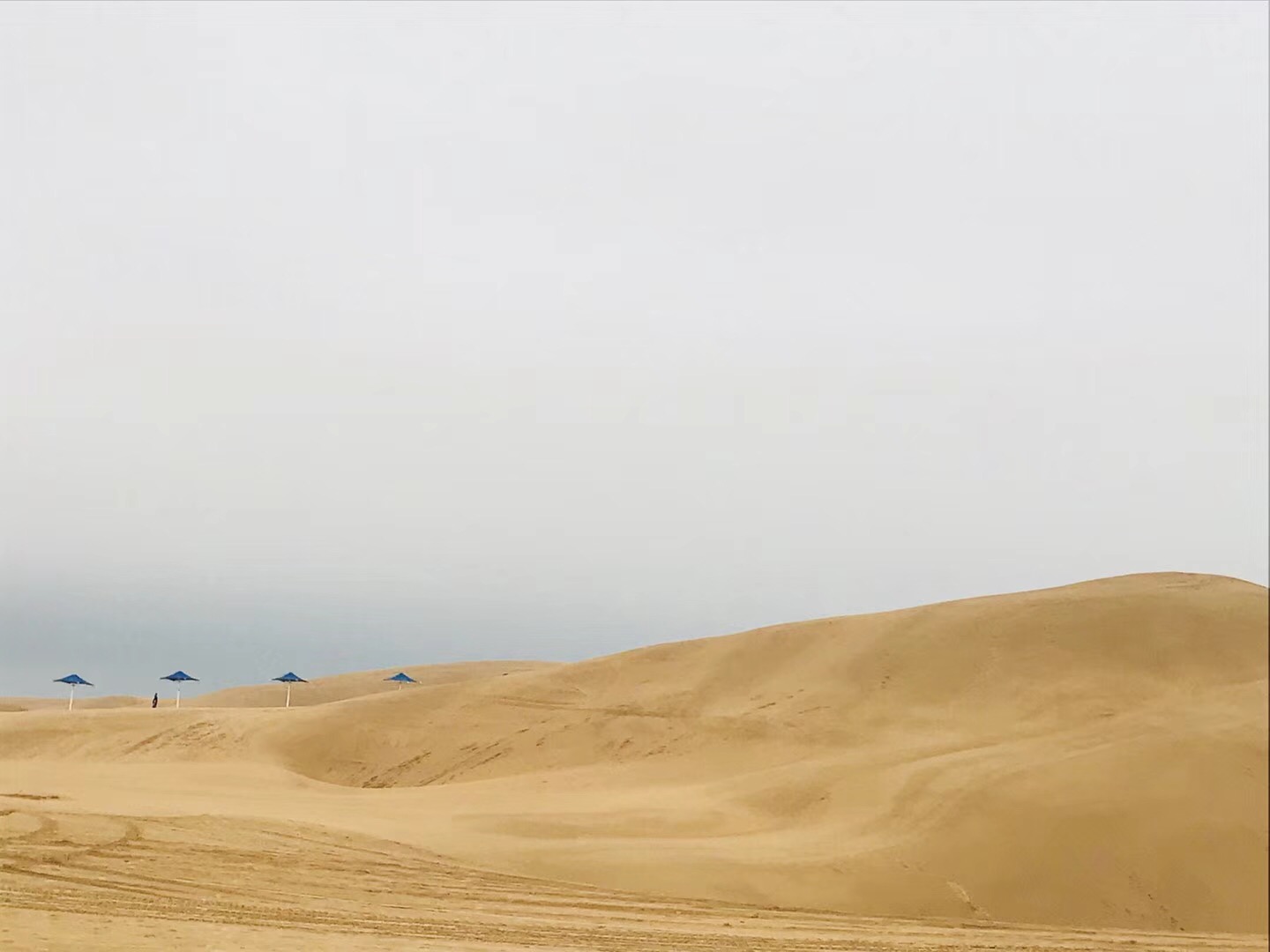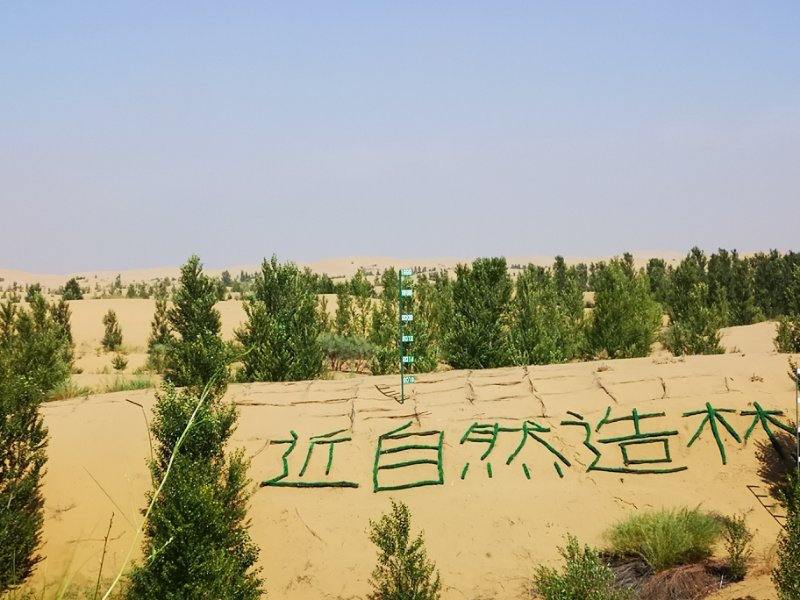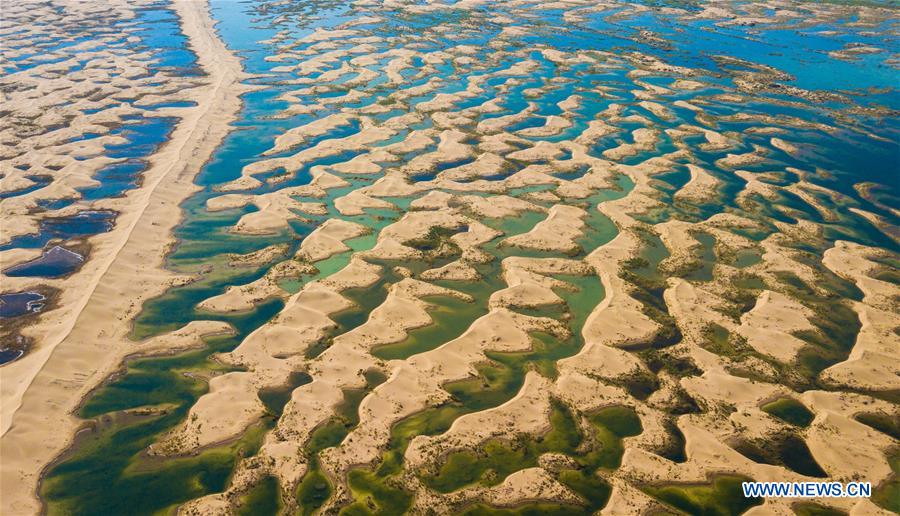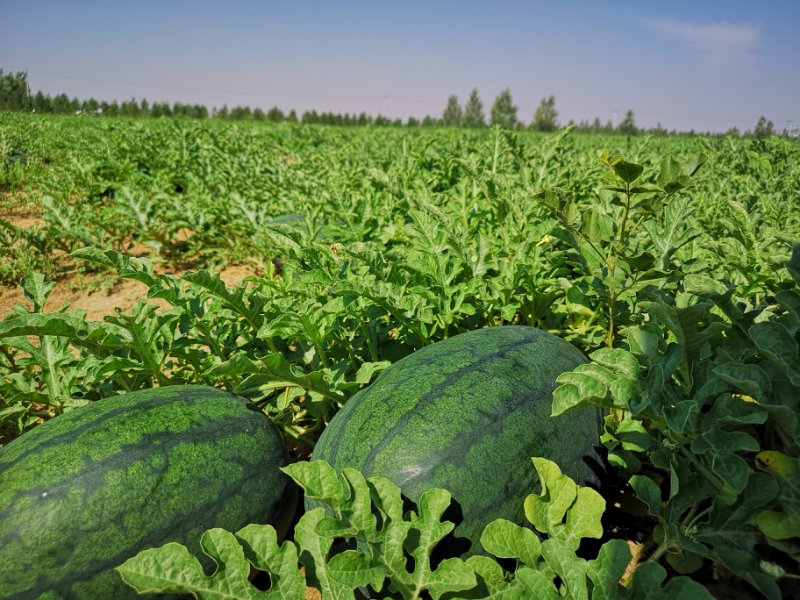Kubuqi Desert, a desert spanning 18,600 square kilometers in China's Inner Mongolia, has experienced great changes, turning from a desert suffering from dust to one with foliage.

The Kubuqi Desert in Erdos City, north China's Inner Mongolia Autonomous Region. (Photo: People's Daily/Yang Chuchu)
Called the “Sea of Death” and China’s seventh biggest desert, Kubuqi Desert is the nearest desert to Beijing with a linear distance of 800 kilometers to the west of Beijing, which means strong wind from it is very likely to cause a sandstorm in Beijing the following day.

Kubuqi Desert in Erdos City, north China's Inner Mongolia Autonomous Region. (Photo: People's Daily/Liu Fawei)
Changes have taken place in recent years. Reports said about a third of the desert has been afforested.

Aerial photo taken on June 9, 2018 shows wetlands formed by water of the Yellow River in flood period at the Kubuqi Desert in Hangjin Banner, north China's Inner Mongolia Autonomous Region. Kubuqi, the seventh largest desert in China, is a good example of China's success in alleviating desertification. About 6,460 square kilometers of the Kubuqi desert has been reclaimed in the last 30 years. (Photo: Xinhua/Peng Yuan)
There are several reasons why desertification has been put under control. People there are committed to desertification and increasing income at the same time. For decades, people in Kubuqi Desert had controlled desertification in about 6,000 square kilometers, created about 50 billion yuan in revenue ($7.3 billion), offered one million jobs and lifted about 100,000 people out of poverty.

Forestry manager Deng Shengli works amid sea buckthorn at the Kubuqi Desert, north China's Inner Mongolia Autonomous Region, Aug. 1, 2018. Kubuqi, the seventh largest desert in China, is a good example of China's success in alleviating desertification. About 6,460 square kilometers of the Kubuqi desert has been reclaimed in the last 30 years. (Photo: Xinhua/Zhang Shanchen)
The lead of local authorities, the investment of companies, the participation of farmers in the market and technological innovation helped realize the combination of ecological benefits, economic benefits and social benefits in the desert.
Technology has played a role in desertification control. “In the past, we had to dig, plant, fill soil and water them, which took more than 10 minutes. But now, with new technology, we can get it done at one time in just over ten seconds,” said Zhang Jishu, deputy chief engineer of the Desert Research Institute of Elion Resources Group, an enterprise aiming to restore the eco-environment there.

Watermelons in the Kubuqi Desert in Erdos City, north China's Inner Mongolia Autonomous Region. (Photo: People's Daily/Liu Fawei)
Desertification control has become more popular, motivating companies to participate and to form an industry which contributes to the sustainability of desertification control.

A technician controls a drone to sow seeds at the Kubuqi Desert, north China's Inner Mongolia Autonomous Region, July 11, 2018. Kubuqi, the seventh largest desert in China, is a good example of China's success in alleviating desertification. About 6,460 square kilometers of the Kubuqi desert has been reclaimed in the last 30 years. (Photo: Xinhua/Peng Yuan)
“The experience and spirit of the Kubuqi Desert should be passed down from generation to generation. Only in this way can we continuously implement desertification control and poverty alleviation,” Wang Wenbiao, chairman of Elion Resources Group said.
(Video by Liu Kejun, compiled by Yang Chuchu, video edited by Qiao Wai)


